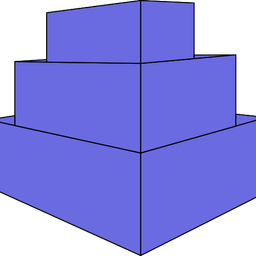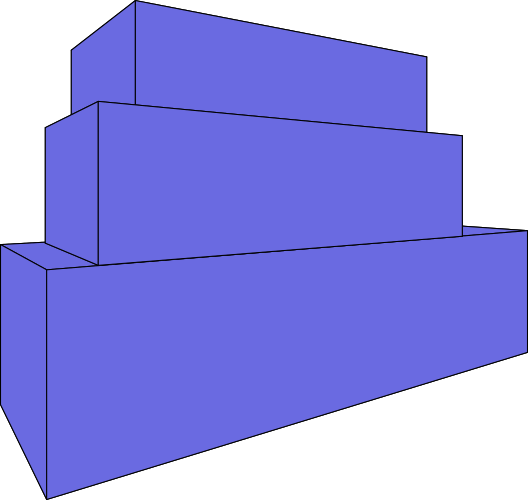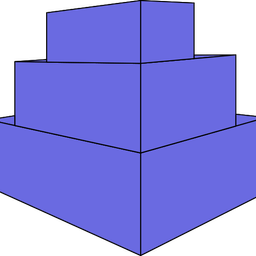Deploying containers using applying definitions approach
There are two ways to deploy containers on the simplecontainer node:
- Applying definitions using smr tool
- GitOps approach
Gitops approach
For the GitOps approach focus on the next reading.

Applying definitions
Create secret
A secret is a type of object that can hold sensitive data that can be fed into containers via templating.
To create a secret:
smr secret create secret.mysql.mysql.password 123456789This will create a secret object on the simplecontainer node and store it in an encrypted key-value store. This secret can be referenced for injecting sensitive data into containers.
Create configuration
Configuration is a type of object that can hold key-value pairs. The value part of the key value also can inject secrets that are already in the store.
smr apply https://raw.githubusercontent.com/simplecontainer/examples/main/tests/simple-dependency-readiness/mysql-config.yaml
kind: configuration
meta:
group: mysql
name: "*"
spec:
data:
password: "{{ secret.mysql.mysql.password }}"This configuration definition holds the password which will be replaced with a secret at the container runtime.
Create resource
The resource is a type of object that holds larger configurations or files that are intended to be mounted into the container as a file.
smr apply https://raw.githubusercontent.com/simplecontainer/examples/main/tests/simple-dependency-readiness/mysql-config.yaml
kind: resource
meta:
group: mysql
name: "config"
spec:
data:
my.cnf: |
[mysqld]
bind-address=0.0.0.0To create additional resources for this example run:
smr apply https://raw.githubusercontent.com/simplecontainer/examples/main/tests/simple-dependency-readiness/nginx-config.yaml
smr apply https://raw.githubusercontent.com/simplecontainer/examples/main/tests/simple-dependency-readiness/traefik-config.yaml
Create containers
The containers object is used for the definition of a bundle of containers that are logically connected to each other. Otherwise, container object can be used for a single container.
smr apply https://raw.githubusercontent.com/simplecontainer/examples/main/tests/simple-dependency-readiness/containers.yaml
kind: containers
meta:
name: logical-group
group: test
spec:
mysql:
meta:
name: mysql
group: mysql
spec:
container:
image: "mysql"
tag: "8.0"
replicas: 2
envs:
- "MYSQL_ROOT_PASSWORD={{ configuration.password }}"
ports:
- container: "3306"
resources:
- group: mysql
name: config
key: my.cnf
mountPoint: /etc/my.cnf
readiness:
- name: "mysql"
timeout: "60s"
command: ["mysqladmin", "ping", "-h", "localhost", "-p{{ configuration.password }}"]
configuration:
username: "root"
password: "{{ secret.mysql.mysql.password }}"
traefik:
meta:
name: traefik
group: traefik
spec:
options:
enabled: false
container:
image: "traefik"
tag: "v2.5"
replicas: 1
volumes:
- type: "bind"
hostPath: "/var/run/docker.sock"
mountPoint: "/var/run/docker.sock"
dependencies:
- group: "mysql"
name: "*"
timeout: "30s"
ports:
- container: "80"
host: "80"
- container: "443"
host: "443"
- container: "8080"
host: "8888"
resources:
- group: traefik
name: config
key: traefik-configuration
mountPoint: /etc/traefik/traefik.yml
nginx:
meta:
name: nginx
group: nginx
spec:
options:
enabled: false
container:
image: "nginx"
tag: "1.23.3"
replicas: 1
dependencies:
- group: "mysql"
name: "*"
timeout: "30s"
ports:
- container: "80"
- container: "443"
resources:
- group: nginx
name: config
key: nginx-configuration
mountPoint: /etc/nginx/conf.d/default.conf
configuration:
username: "root"After applying containers definition the containers will start in order defined be it on one node or spread around the cluster.

